There’s nothing quite as disappointing as reaching for a loaf of bread only to find it’s turned stale overnight. The crust, once crisp and inviting, now feels like cardboard, and the interior has lost its tender chew. But what if there were a way to breathe new life into that loaf? Enter the "Bread Rejuvenation Technique"—a simple yet miraculous method involving nothing more than water and heat. This isn’t just a kitchen hack; it’s a revival of texture, flavor, and that irreplaceable freshness.
The science behind this technique is surprisingly straightforward. When bread goes stale, it’s not necessarily drying out—though that’s part of the problem. The real culprit is retrogradation, a process where the starch molecules in bread recrystallize over time, robbing it of its softness. By reintroducing moisture and applying gentle heat, you’re essentially rewinding the clock. The water rehydrates the crust and interior, while the oven’s warmth loosens the starch molecules, restoring that just-baked texture.
To execute this method, start by lightly spritzing the bread’s surface with water. The goal isn’t to soak it but to create a fine mist that coats the crust evenly. Too much water will make the bread soggy, while too little won’t have any effect. Next, place the loaf in a preheated oven at around 350°F (175°C) for roughly three minutes. The exact time may vary depending on your oven and the size of the bread, so keep a close eye on it. What emerges is nothing short of alchemy: a crust that crackles under your fingers and an interior that’s regained its pillowy softness.
This trick isn’t limited to baguettes or artisanal loaves—it works wonders on dinner rolls, sandwich bread, and even day-old croissants. The key lies in understanding the bread’s structure. For denser varieties like sourdough, you might need a slightly longer heating time, while delicate pastries require a lighter touch. Experimentation is part of the fun, and soon enough, you’ll develop an intuition for how much water and heat each type of bread needs.
Beyond its practicality, the bread rejuvenation technique speaks to a deeper culinary philosophy: waste not, want not. In a world where food waste is a pressing issue, learning how to extend the life of everyday staples is both economical and environmentally conscious. Instead of tossing out stale bread or resigning yourself to lackluster toast, you’re reclaiming what was lost. It’s a small act with big implications, proving that sometimes, the simplest solutions are the most profound.
Of course, this method isn’t a cure-all. Bread that’s moldy or weeks past its prime is better off composted. But for loaves that are merely stale—not spoiled—the water-and-heat approach is a game-changer. Imagine serving guests warm, crusty bread straight from the oven, only to reveal it was yesterday’s leftovers. The looks of disbelief will be worth the effort alone.
For those who bake at home, this technique also offers a safety net. Even the most experienced bakers occasionally produce a loaf that dries out faster than expected. Instead of viewing it as a failure, consider it an opportunity to practice resurrection. The ability to salvage baked goods is a skill that pays dividends, especially when time or ingredients are in short supply.
Critics might argue that freshly baked bread will always reign supreme, and they’re not wrong. But in the real world, where time and resources are finite, the bread rejuvenation technique is a lifeline. It bridges the gap between ideal and practical, turning what could have been a culinary disappointment into a second chance. So the next time you’re faced with a stale loaf, don’t despair—reach for the spray bottle and let the oven work its magic.

By /Jul 31, 2025

By /Jul 31, 2025

By /Jul 31, 2025

By /Jul 31, 2025
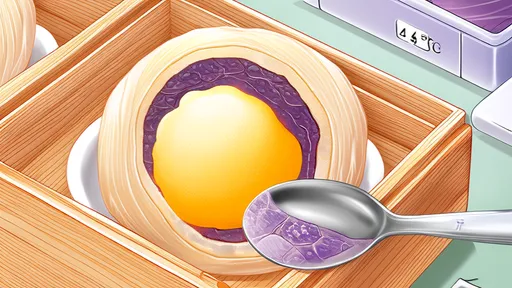
By /Jul 31, 2025

By /Jul 31, 2025

By /Jul 31, 2025

By /Jul 31, 2025

By /Jul 31, 2025

By /Jul 31, 2025
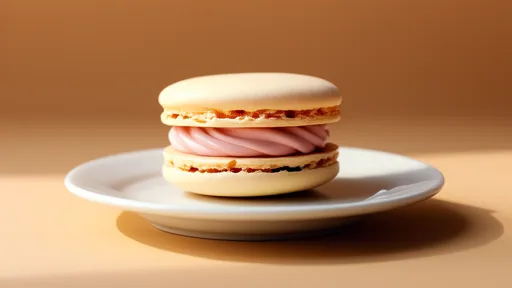
By /Jul 31, 2025
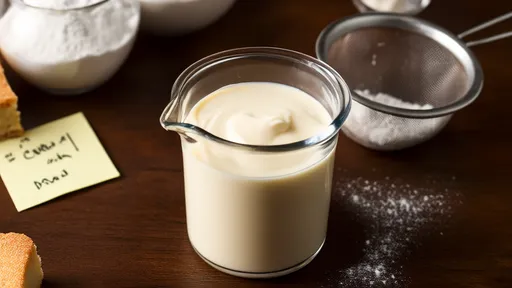
By /Jul 31, 2025
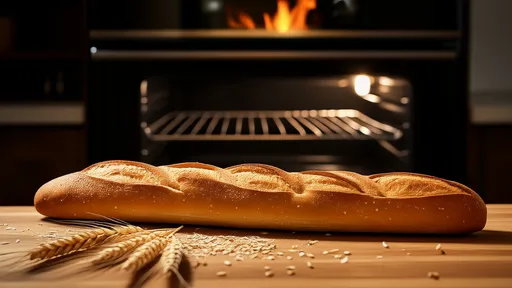
By /Jul 31, 2025

By /Jul 31, 2025

By /Jul 31, 2025
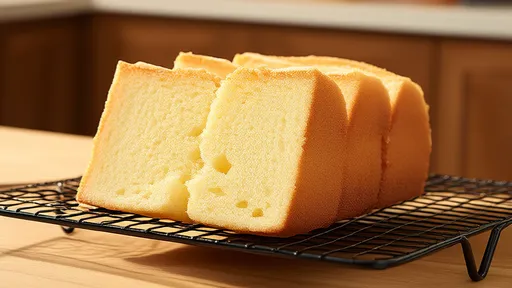
By /Jul 31, 2025

By /Jul 31, 2025
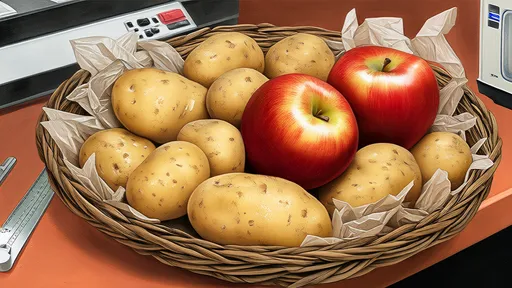
By /Jul 31, 2025
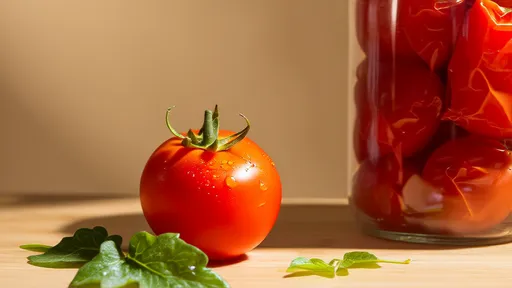
By /Jul 31, 2025
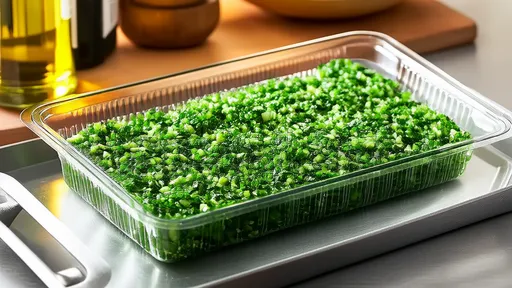
By /Jul 31, 2025